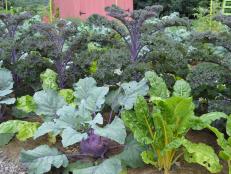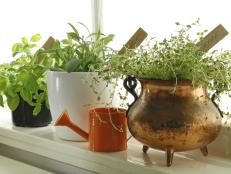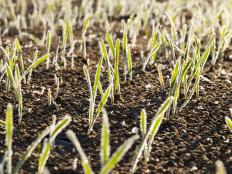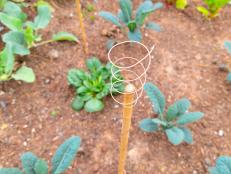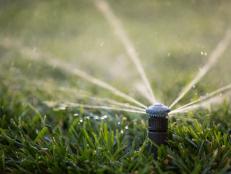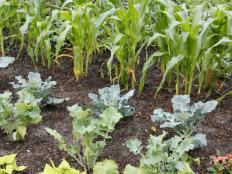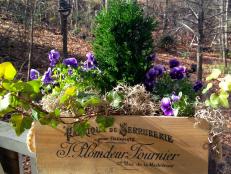Winter Vegetable Garden
Discover easy ways to keep your winter vegetable garden growing strong—and savor a long harvest.

Set your sights on a winter vegetable garden. Growing your own food and savoring those garden-fresh flavors is an amazing experience. In order to succeed with a winter vegetable garden, you need to understand a few basics of growing crops in the chilly season, as well as which vegetables to grow in winter.
Tending a winter vegetable garden is similar to a warm-weather growing experience—with a few key exceptions. First, once temperatures drop, many warm-weather pests and diseases disappear. Cool-season pests may appear, such as slugs and aphids, but the slower pace of cold-weather growing makes staying on top of problems a little easier.
In many regions, winter vegetable gardens don’t demand as much water, since winter rains arrive to help with irrigation chores. Also, plants don’t grow as quickly, so water needs diminish. Rely on soaker hoses and drip irrigation for the most efficient watering, delivering water directly to soil.
Another key in the winter vegetable garden is adding organic matter or fertilizer to soil prior to planting. It’s important to prep the winter vegetable garden in this manner because many soil microorganisms won’t be as active during the colder season. Reduced microbial activity affects how plants grow and take up nutrients. Amending soil ensures that ample nutrition is readily available to plant roots.
Winter Gardening Don'ts
See All PhotosTo determine which vegetables to grow in winter, you’ll need to know your area’s USDA Hardiness Zone. That information tells you how low temperatures typically fall in an average winter. This low temperature represents a cut-off point for choosing which crops you can grow unprotected.
Hardy vegetables tolerate hard frosts (25 to 28° F). In other areas, you might need to provide frost protection on occasion throughout winter. Examples of hardy vegetables include English peas, kohlrabi, leeks, broccoli and Brussels sprouts. Radish, turnip and collards also fit into the hardy veggie category.
A trio of hardy vegetables can tolerate temperatures from the upper teens to low 20s. These cold-weather winners are kale, spinach and mustard greens. In regions where winters are mild, like the Pacific Northwest, Southeast and Southwest, hardy vegetables thrive outdoors all winter long.
Semi-hardy vegetables tolerate light frosts (29 to 32° F). These veggies include a host of healthy greens, including leaf lettuces, arugula, Asian greens, endive and Swiss chard. Beets, carrots, rutabaga, radicchio and savoy cabbage also fit into this category. These vegetables thrive outdoors all winter long in the mild-winter regions of the Pacific Northwest, Southeast and Southwest.
Winter vegetables need a solid start before winter arrives, because once cold, dark days settle in, plants won’t grow gangbusters, like they do in the summer months. The general rule of thumb for planting a winter vegetable garden in Zones 7 to 10 is to plant during October. In Zone 6, get plants in the ground in late September. Finesse the timing with resources from your local extension office.










